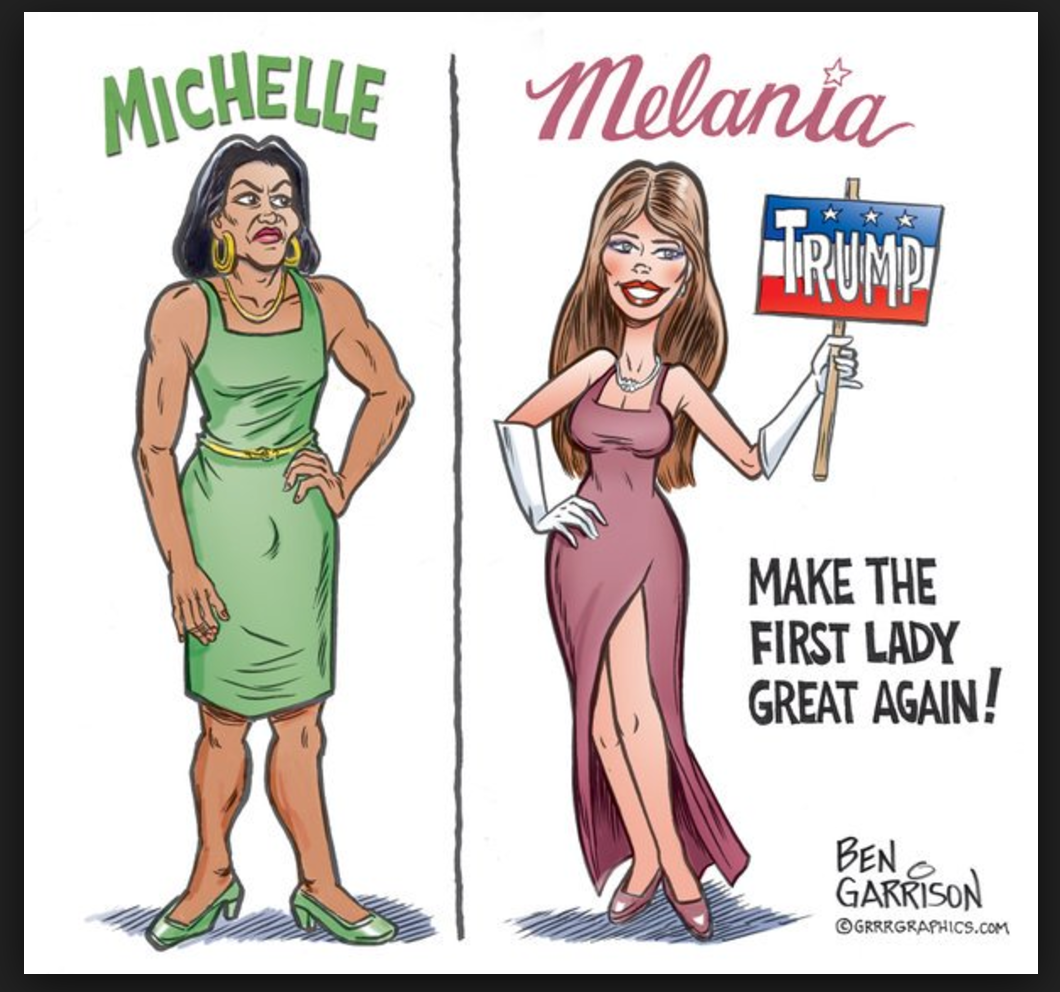Rhetorical Analysis of a Humorous Text
Overview
For this essay, you will be conducting a rhetorical analysis on some piece of humorous writing. This can be a tweet, an essay, a political cartoon, a photograph, or something you pluck off a friend’s FB feed. The only requirements are that the piece is something recent (last three years) and that it is intended as humor. See the examples below for ideas.
You need to demonstrate theseLearning Objectives:
Analyze specific rhetorical contexts, including circumstance, purpose, topic, audience, and writer, as well as the writing's ethical, political, and cultural implications.
Organize writing to support a central idea through unity, coherence, and logical development appropriate to a specific writing context.
Use appropriate conventions in writing, including consistent voice, tone, diction, grammar, and mechanics.
Use feedback obtained from peer review, instructor comments and/or other resources to revise writing.
Assess one's own writing strengths and identify strategies for improvement through instructor conference, portfolio review, written evaluation, and/or other methods.
Steps
___1. Look at all the hints/examples below.
___2. Find something humorous on which to conduct a rhetorical analysis. Tryhere,here, orhere. There are a lot of other places you can find humorous writings/images.
___3. Take some initial notes on your own impressions of the humorous piece.
___4. Decide if the humorous piece is effective or not--if so, why? If not, why? Write your thesis.
___5. Organize your writing by creating a brief plan/outline. In which order will you discuss each of the elements of the rhetorical situation? For some ideas of what to include in the outline, gohere.
___6. Write your rough draft.
___7. Submit a portion of your draft for peer review.
___8. Engage in peer review yourself.
___9. Revise and edit your rough draft based upon peer feedback.
___10. Complete a final run through, a polishing, of your final draft. (The final paper should be about 3 pages in length, and focus on analysis of the humorous text.)
___11. Submit the final draft in Canvas.
Things to Think About
It is not necessary to select a “humor fail” for this assignment, but it might have the potential for more interesting analysis.
Carefully consider context and audience. When Justine Sacco sent out her “racist” tweet, it was only to her 170 followers on Twitter, a really small audience. Her friends might have been amused at her poor attempt at humor and a few might have even said something to her about it. But once the tweet breached her followers, she and her poor humor quickly trended and the tweet was being talked about by the tens of thousands, all of whom interpreted it as someone

flaunting her white privilege, and she was despised for it. This makes for a good audience analysis because as the audience grew, they became an audience that did not know her and were less willing to read any nuance into what might have been her mockery toward whites thinking they are immune to the disease. Instead, as Jon Ronson suggests, they became a mob that shamed her relentlessly.

Consider the writer and context. Ben Garrison draws comics that force
his audience to consider various political topics.
They come from a conservative viewpoint. He has 20,000 followers on
Twitter, and, unlike Justine Sacco, it seems his followers and others
come to expect his comics to be controversial. Likewise the genre of
political cartoon may have more leeway for what might be effective
humor than a single tweet with no visual. So, genre can be important.
Also, the humor can be effective for its intended audience and not for
those outside of its intended audience.